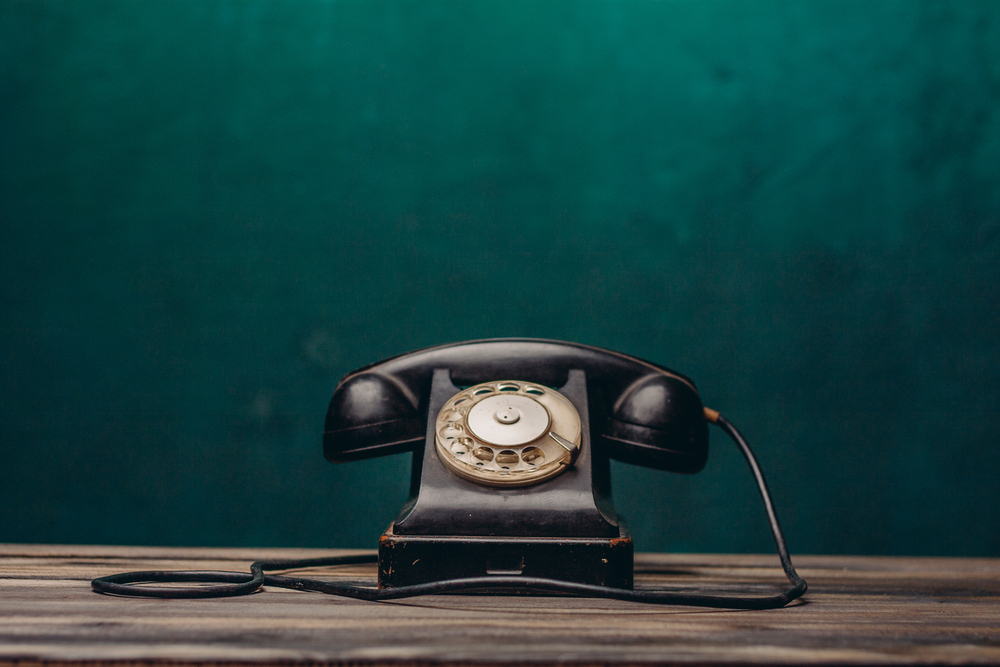After Hazel O’leary left as Energy Secretary in late 1996, I was perceived in the words of a colleague by the incoming political leadership of the agency as “too radioactive.”
After I dug in my heels and opposed an effort, supported by Vice President Al Gore’s office, to release tens of thousands of tons of radiologically contaminated metals into commerce, I was effectively shunned. Also, my efforts to provide lifetime health insurance to contract workers at DOE’s Mound Laboratory near Dayton, Ohio, due to the utter failure to guarantee a safe working environment, provoked the ire of the DOE’s General Counsel Office.
Losing my “air cover” from the front office meant that I was being excluded from policy decisions. But I still persisted.
As a former environmental activist, I had no compunctions about going outside of the Department to convince an old friend at the Natural Defense Resource Council to file a lawsuit to block the free release of the contaminated metal. If DOE and its contractors got their way, this would lead to a major public backlash, not to mention the market impacts it would create for the U.S. steel industry, which was almost totally dependent on recycled metal for its feedstock.
Steel makers had been burned before by errant radiation sources, and the last thing they wanted was the public realizing that the stainless-steel fork on the dinner table has some plutonium in it from a nuclear weapons plant. But these consequences can get easily lost in the DOE, where decisions are made in isolation and secrecy.
The lawsuit stopped the train.
As for the Mound workers, they had succeeded in obtaining a near-finalized legal settlement granting their workers lifetime health insurance, after it was discovered that the employer had not bothered to monitor their internal exposures for several years. DOE’s Office of General Counsel (OGC) was implacable in its opposition to this agreement. Knowing I favored it, I was visited by the head of the OGC and forbidden from communicating with the union representing the Mound workers.
But this didn’t mean that I was barred at home, especially if I didn’t place the phone call.
So a union official called me that evening while I was reading a book. Out of that conversation came a plan, for which I take no responsibility, to send busloads of Mound workers carrying jars of urine to the DOE headquarters in the Forrestal Building to demand the Secretary take measures to protect them.
The following day, I met with an official in the DOE front office to give a “heads up” to the Secretary’s office about busloads of unhappy urine-toting workers arriving in the next few days. I suggested that this potentially embarrassing event could be avoided, if the Secretary agreed to the legal settlement.
Within a couple hours, the head of the OGC’s office stopped by to tell me in a tone of suppressed anger that the “white flag” was raised and that my ban to communicate with the union was lifted.
